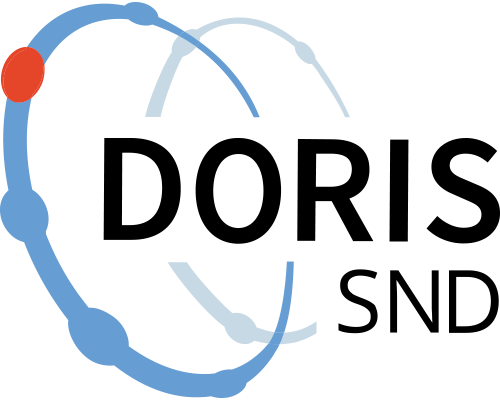Patterns of Observed Child Participation and Proximity to a Small Group with Teacher in Swedish Preschool Free Play
https://doi.org/10.57817/cavz-p910
Swedish preschool is a preschool for all children and free play is an important educational activity. The question is whether all children are participating (ie, are attending important activities and are engaged when they are there) to a sufficient extent in preschool free play? This study aims to explore children's observed participation based on quantitative observational data and a person-oriented method of analysis. A series of systematic instantaneous observations á 3 seconds (M = 19.50, SD = 8.40) of individual children (n = 453) with a minimum age of 36 months, were carried out continuously for 1-2 full days in 56 preschool units in southeast Sweden. Only observations where the overall activity (activity setting) was free play (indoors and outdoors) were used in the analysis. The summed observations resulted in frequency data for four types of activities; pretend play, associative / cooperative interactions, proximity to a small group incl. teachers, and level of engagement (level of focus or effort in the activity) and were selected as important based on the Swedish preschool context and previous research. Proportions (divided by the individual's total number of observations in free play) of the individual activities were calculated. The four proportion variables were used in a series of cluster analyzes to find distinct and interpretable clusters or patterns of participation where the children in a cluster were highly similar in all variables, and at the same time were very different from children in the other clusters. The clusters were then compared based on child characteristics (age, gender, need for special support, receiving mother tongue support) answered by preschool staff, and preschool unit characteristics (number of children, number of staff, children / staff ratio, number of children with mother tongue support, number of children in need of special support, number resource staff) answered by the preschool director / principal, to see if certain characteristics were more common in some clusters than in others.
The results identified eight distinct and interpretable patterns that could be arranged from higher to lower participation. Most interesting were two clusters of children that indicated low to very low observed participation, and with high and low proximity to a small group of teachers, respectively. The children in the cluster with a very low participation pattern and low proximity to a small group of teachers were more often children with another mother tongue, and more children came from units with more resource staff. It is noteworthy that few of these children were considered to need special support according to the preschool staff. The children also came from different preschool units. Children in the cluster with a low participation pattern and high proximity to a small group of teachers more often came from preschool units where more children had a different mother tongue. No significant difference between the clusters was noted in the number of children in need of special support, although trends could be discerned.
Data was collected with systematic observations with the help of manual-based instrument Child Observation in Preschool (COP), adapted to the Swedish preschool context. The observations consists of many snapshots of individual children across a preschool day, at least. Several aspects of the child's current activity are coded. Individual data is summed across the observations, and proportions of different activities (pretend play, associative/cooperative interactions, proximity to small group with teacher, level of engagement) were calculated. Frequency and proportionate data from the observations are available in the data set, as well as child and preschool unit background information.
Documentation files
Documentation files
Citation and access
Citation and access
Data access level:
Creator/Principal investigator(s):
Research principal:
Principal's reference number:
- 2012/23021 samt 2013/361-271
Data contains personal data:
Yes
Type of personal data:
Pseudonymised data, indirect identifiers, questions about special support, mother tongue support, health/psychological/behavioral data
Code key exists:
Yes
Sensitive personal data:
Yes
